Did you know that textile recycling is one of the most effective ways to reduce your environmental impact?
In fact, textile recycling helps divert millions of pounds of waste from landfills every year. It also helps conserve resources and energy, which reduces greenhouse gas emissions. And best of all, textile recycling helps keep clothes out of our landfills, which saves space and prevents harmful toxins from seeping into our soil and water supplies.
In this article, we will be discussing textile recycling, what it is, and the benefits of doing textile recycling.
What is Textile Recycling?
Recycling textiles is the practice of reusing textile products that would otherwise be discarded. It includes the reuse of textile products within their intended use, such as using old towels as rags and recycling them into new textile products, such as using recycled denim to make new jeans.
Textile waste, often in the form of clothing, is one of the world’s most prevalent types of waste. In the United States alone, an estimated
17 million tons of textile waste was generated last 2018. Of this textile waste, only about 15% is recycled. The rest ends up in landfills, where it takes up valuable space and releases harmful toxins into the environment.
Synthetic fibers or clothing, such as polyester and acrylic, are not biodegradable and can take centuries to decompose. Natural fibres, such as cotton and wool, will decompose eventually but still release methane gas, a greenhouse gas that contributes to climate change.
What is the process of recycling textiles?
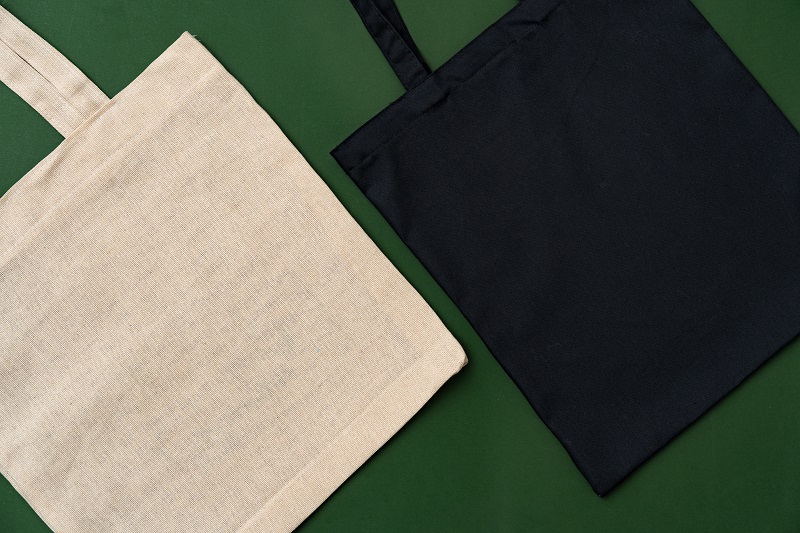
The textile recycling process begins with sorting the textile waste by type and color. The sorted textiles are then cleaned and torn into small pieces. The small textile pieces are then spun into new yarn or fabric. This new yarn or fabric can be used to make new textile products, such as clothing, towels, and carpeting.
Polyester and other synthetic textiles have a different recycling process. The first step is to remove zippers, buttons, and other non-polyester materials. The textile is then cut into small pieces and melted down to create new polyester fiber. This unique polyester fiber can be used to make textile products, such as clothing and carpeting.
Two sources of textile waste are post-consumer/post-industrial scrap textiles, which are textile waste used and discarded by consumers, and pre-consumer textile waste, which is textile waste generated during the manufacturing process.
Post-consumer textile waste is the most commonly recycled textile. This type of textile waste can be collected through donation programs, such as clothing drives, or recycling programs, such as textile drop-off centers.
Pre-consumer textile waste is less commonly recycled but can be recycled through textile reuse programs or textile recycling programs.
The Benefits of Textile Recycling
The fashion industry is one of the most polluting industries in the world. Recycling fabrics and textile products are one of the most effective ways to reduce your environmental impact from clothing.
The benefits of recycling natural and synthetic fibers are numerous. Here are some of the benefits of textile recycling:
Reduces textile waste in landfills
Recycled textiles take up less space in landfills and prevent harmful toxins from seeping into the environment. Since it takes time for textile waste to decompose, textile recycling helps reduce the amount of textile waste in landfills. Additionally, textile recycling prevents textile waste from being incinerated, releasing harmful toxins into the air like dioxins.
Saves energy and resources
The textile recycling process uses less energy and resources than manufacturing new textile products. For example, it takes significantly less energy to recycle polyester than to create new polyester fiber. Additionally, textile recycling reduces the need for water and other natural resources that are used in the
Saves water and energy

When we recycle post-consumer waste and pre-consumer textile products, we further our efforts to save water and energy.
The textile industry is one of the most water-intensive industries in the world. It takes an estimated 20,000 liters (about five thousand gallons) of water to produce one kilogram (two pounds) of textile fiber. Recycling textile products require significantly less water than manufacturing new textile products.
In addition to saving water, recycling textile products also save energy. The textile recycling process uses less energy than the textile manufacturing process.
Decreased use of dyes
Dyes are harmful chemicals that are used to color textile products. After the paper industry, the textile industry is the second largest user of dyestuffs. In textile recycling, textile products are sorted by color, which decreases the need for textile products to be dyed.
Many clothing retailers have started to adopt textile recycling programs to reduce their environmental impact. H&M, for example, has a garment collecting program where customers can bring in used clothing from any brand in any condition and receive a discount on their next purchase.
IKEA has also started to sell textile products made from recycled materials. IKEA’s textile products are made from recycled PET bottles, post-consumer textile waste, and pre-consumer textile waste.
Generates jobs and economic activity
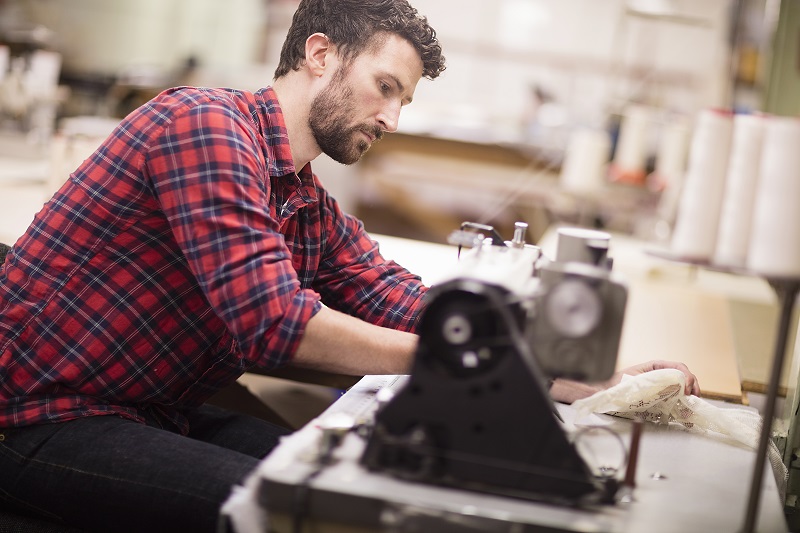
The sorting, grading, and processing of textile waste create jobs in the textile recycling industry. The process to recycle textile waste also generates economic activity. For example, textile recycling businesses need to purchase textile waste from textile waste collectors.
In addition, textile recycling businesses need to purchase equipment and supplies, such as balers and trucks, to sort, grade, and process textile waste.
All of this purchasing creates economic activity that benefits the local community.
Avoids the use of virgin fibers
The textile industry is one of the most significant users of virgin fibers, textiles that have never been used before.
Virgin fibers come from various natural sources, including cotton, wool, and flax. The production of virgin fibers requires large amounts of land, water, and energy, and the resulting textile waste is a significant pollution problem.
Final Thoughts
Textile recycling is a process that has many benefits. Textile recycling saves the environment, but it also saves resources, creates jobs, and generates economic activity. If you are looking to reduce your environmental impact, consider textile recycling.
You can support this industry by donating your used clothing to textile recycling businesses or purchasing textile products made from recycled materials. Together, we can make a difference.
What are your thoughts on textile recycling? Let us know in the comments below.

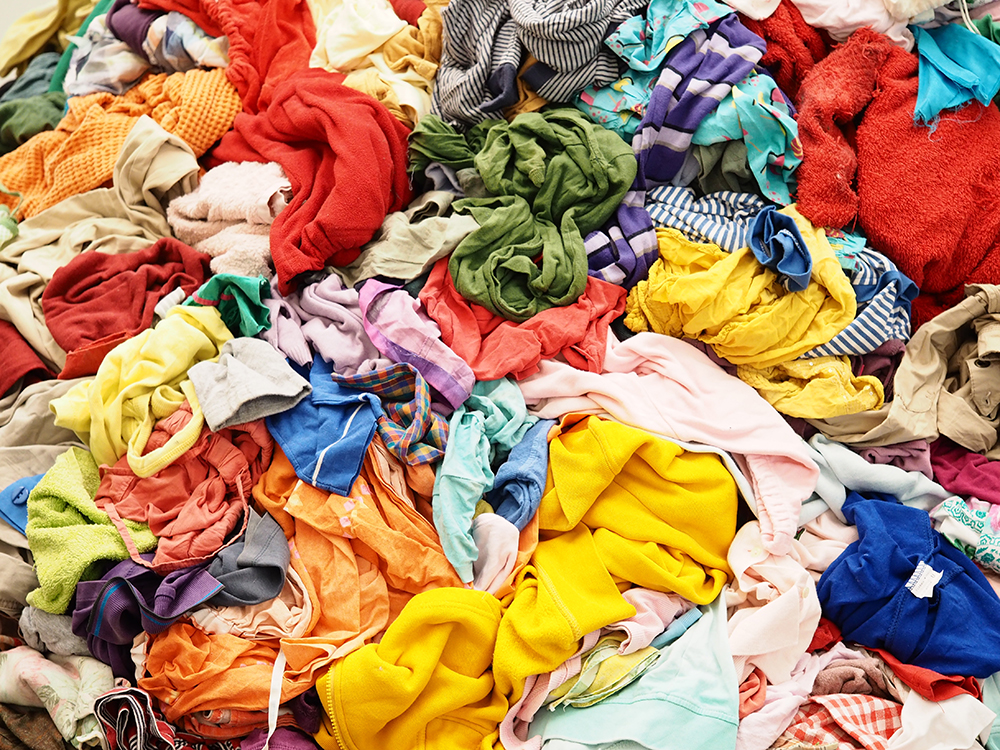

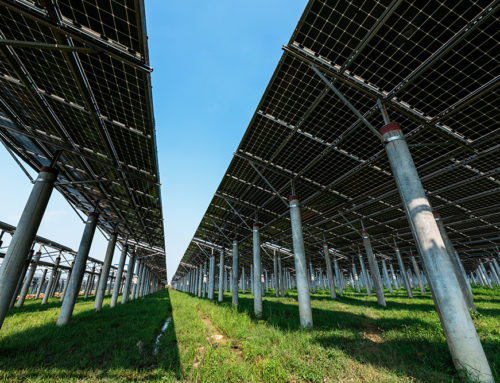
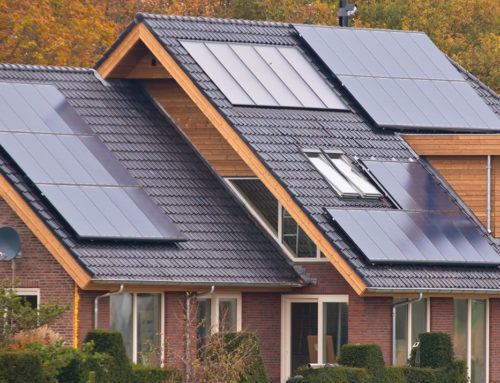


Leave A Comment